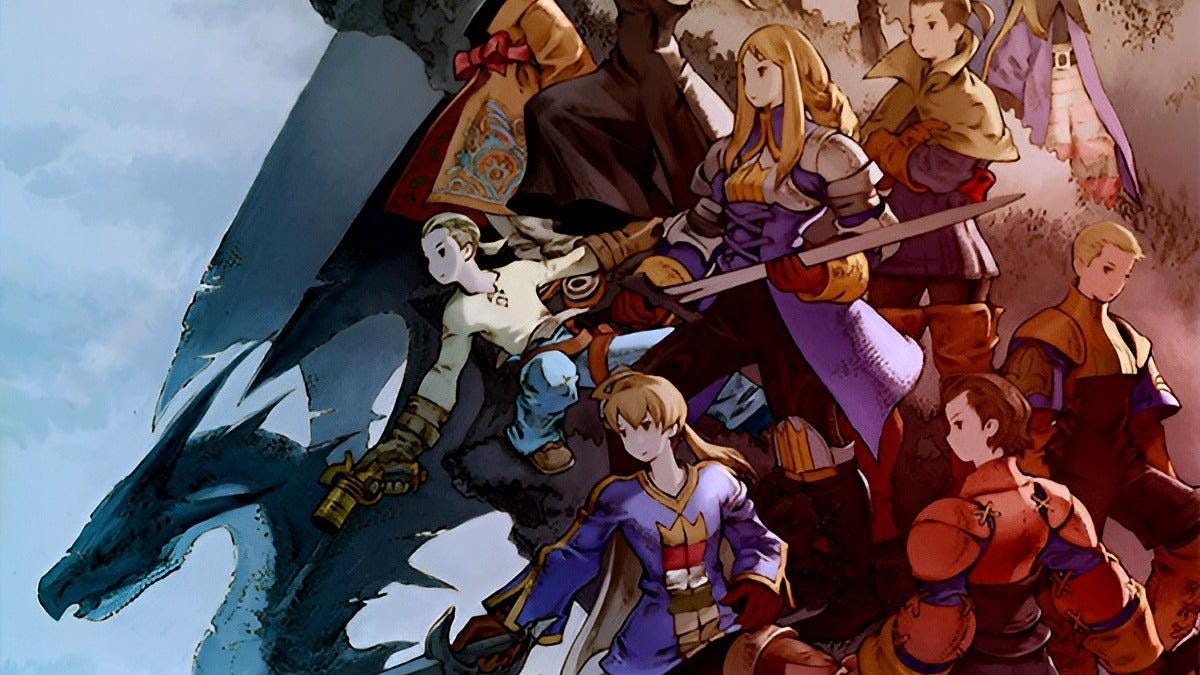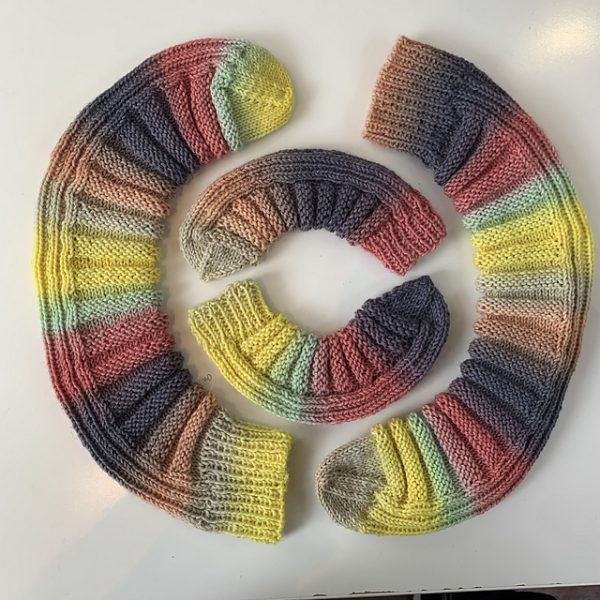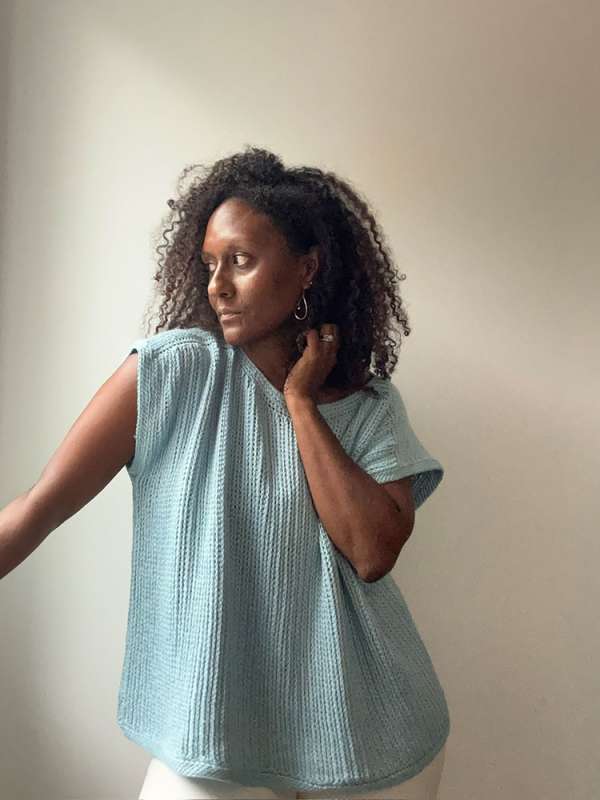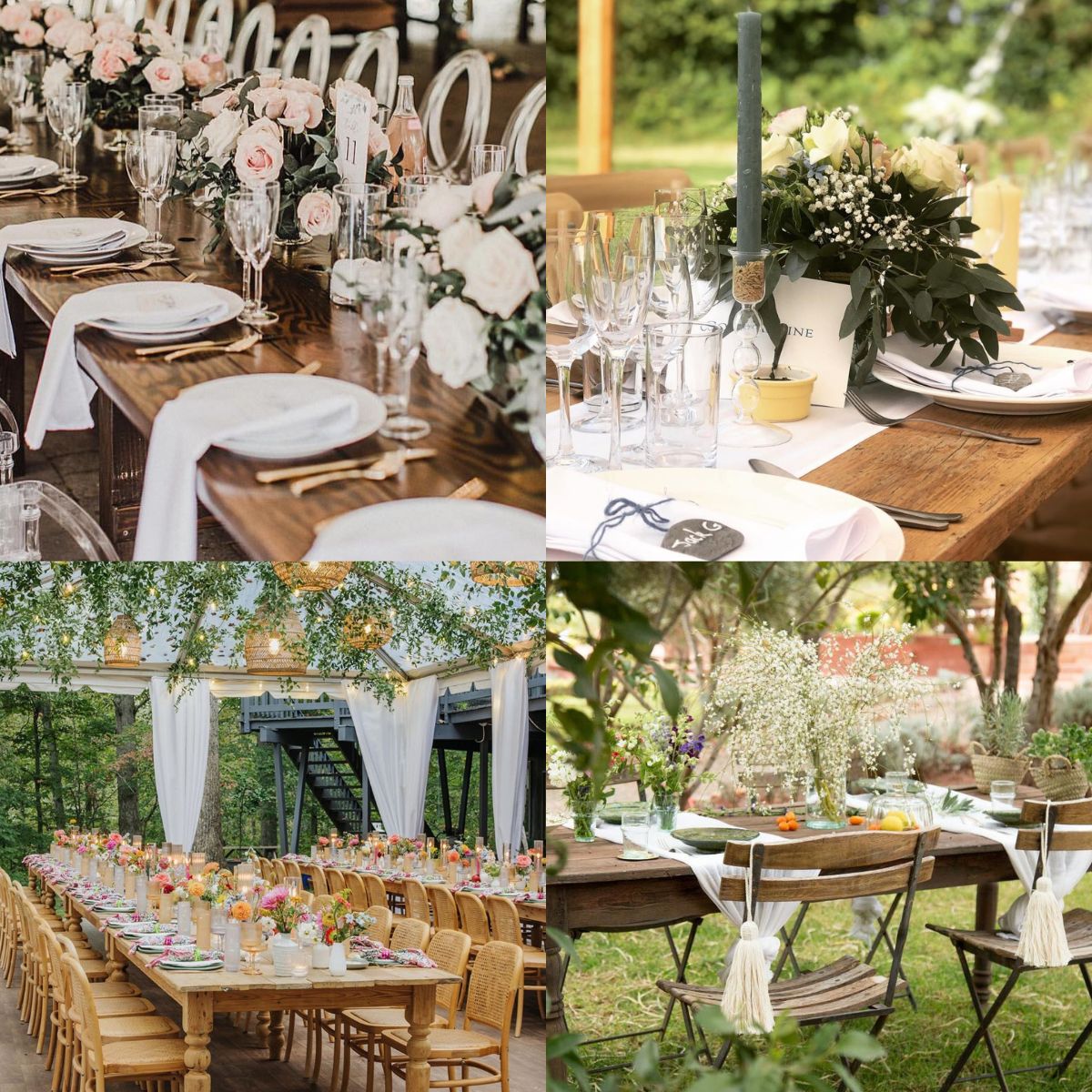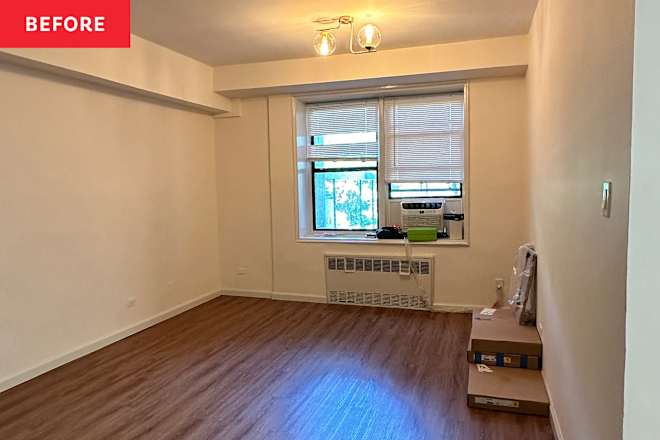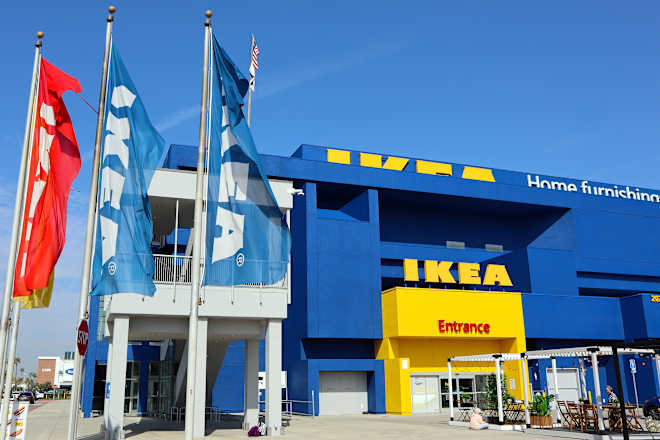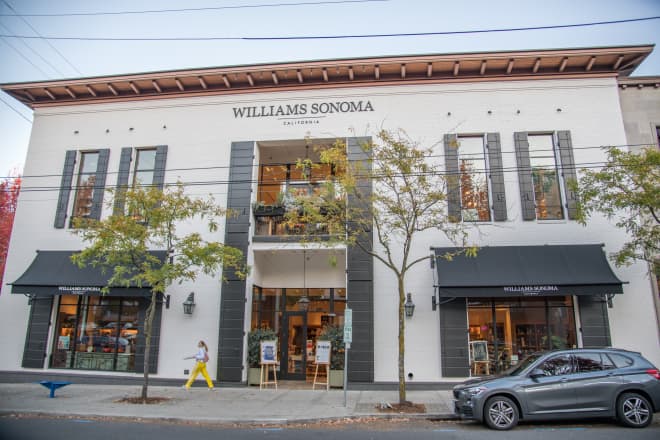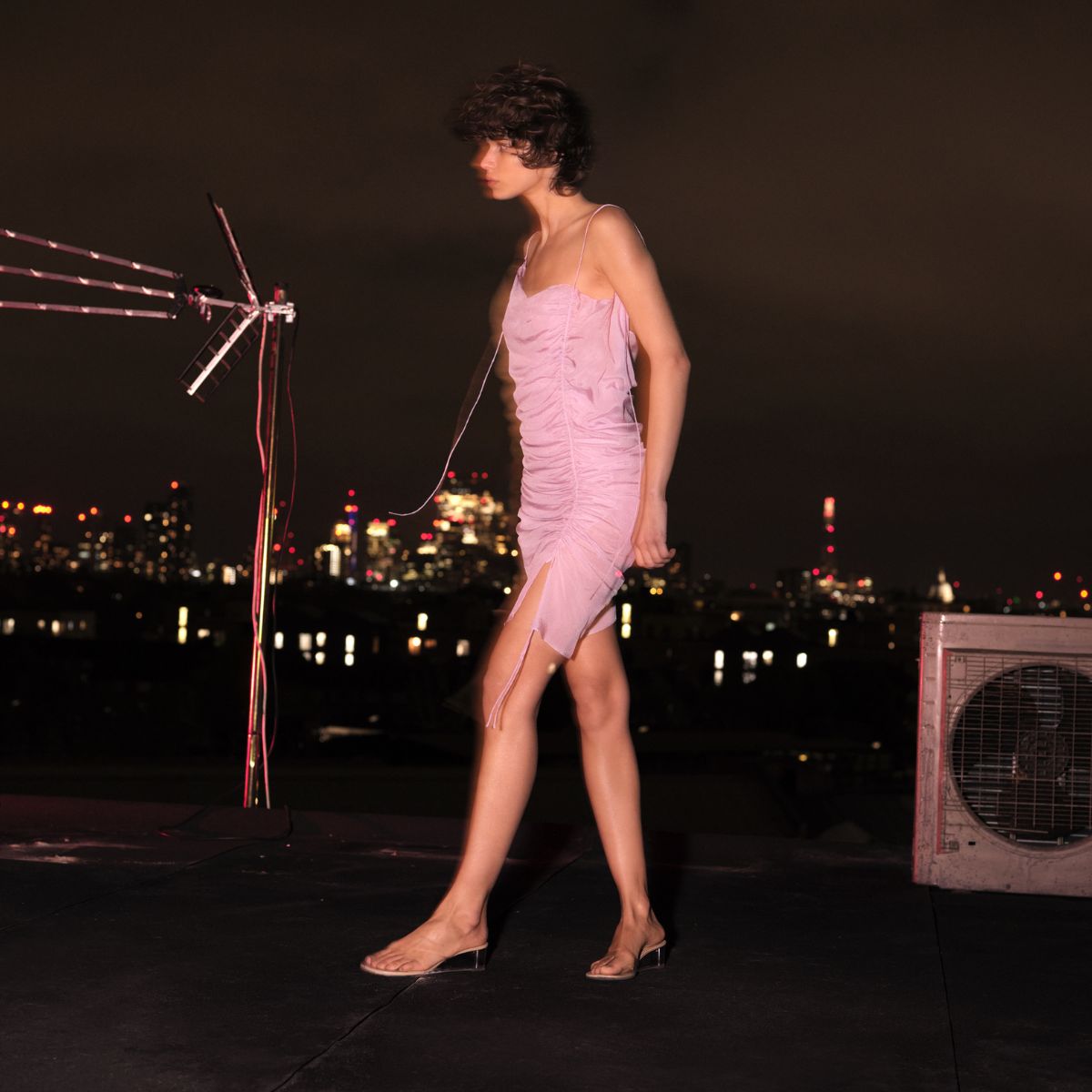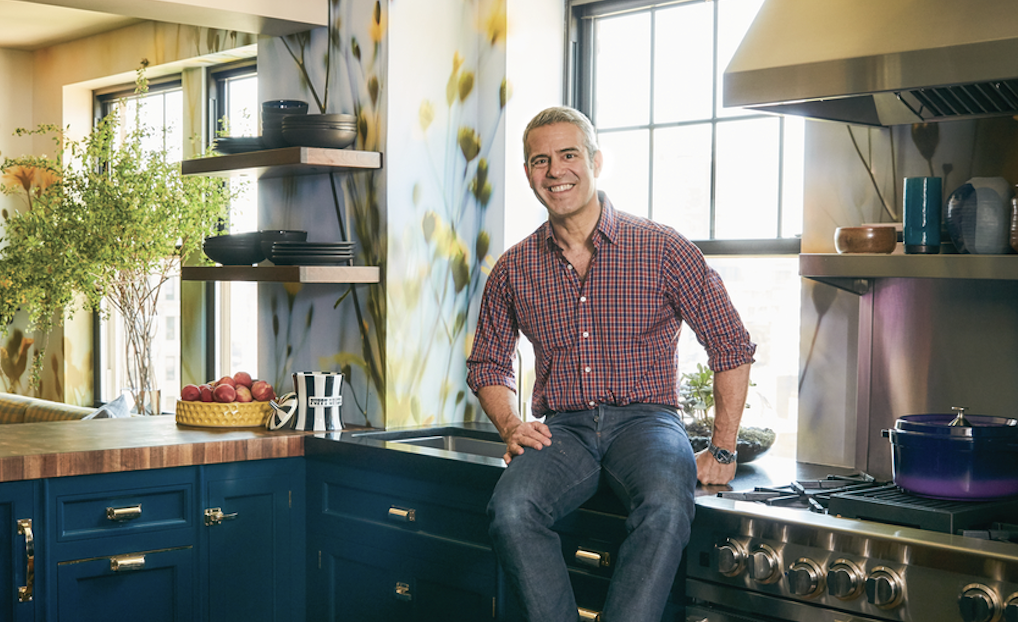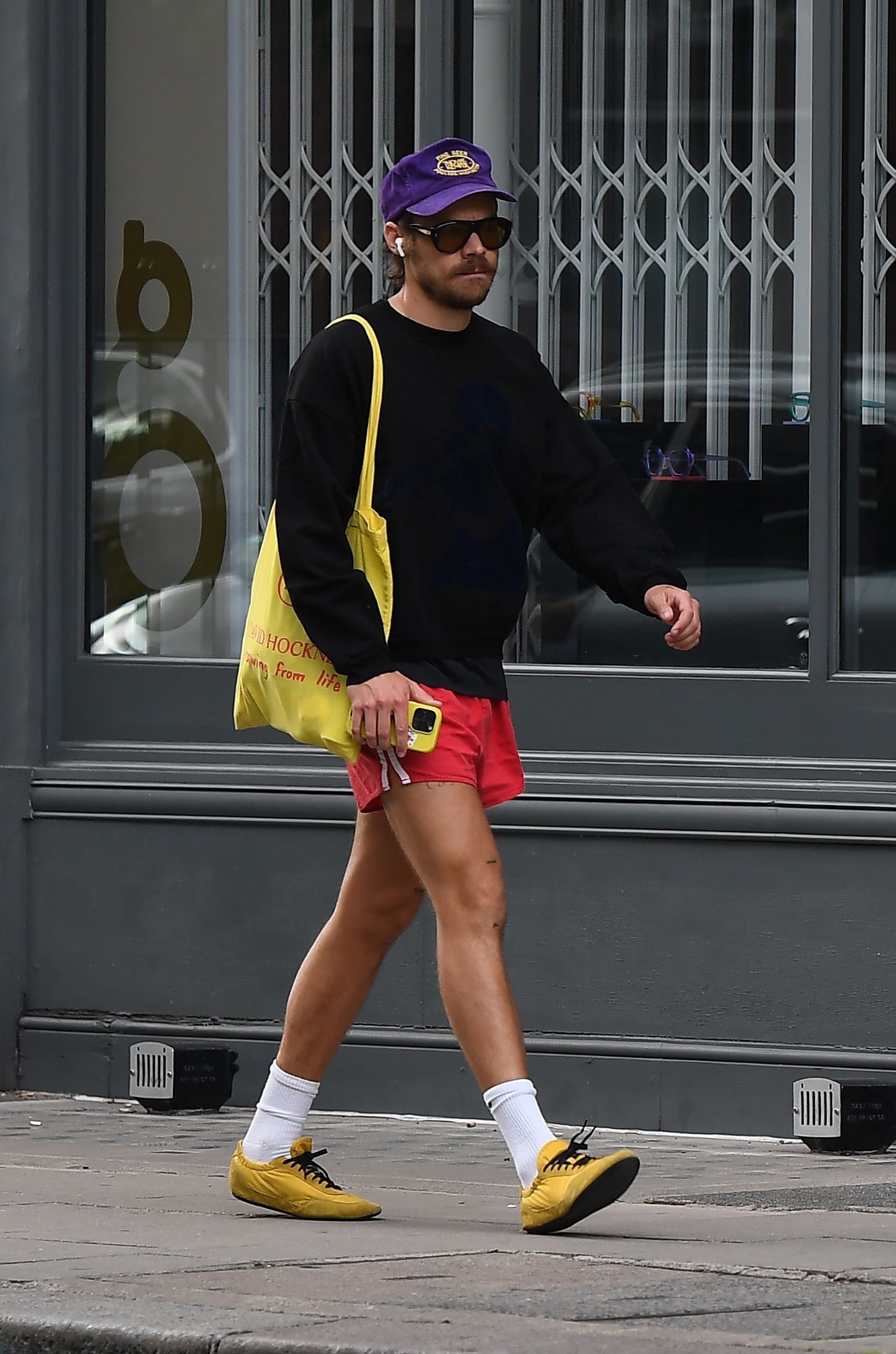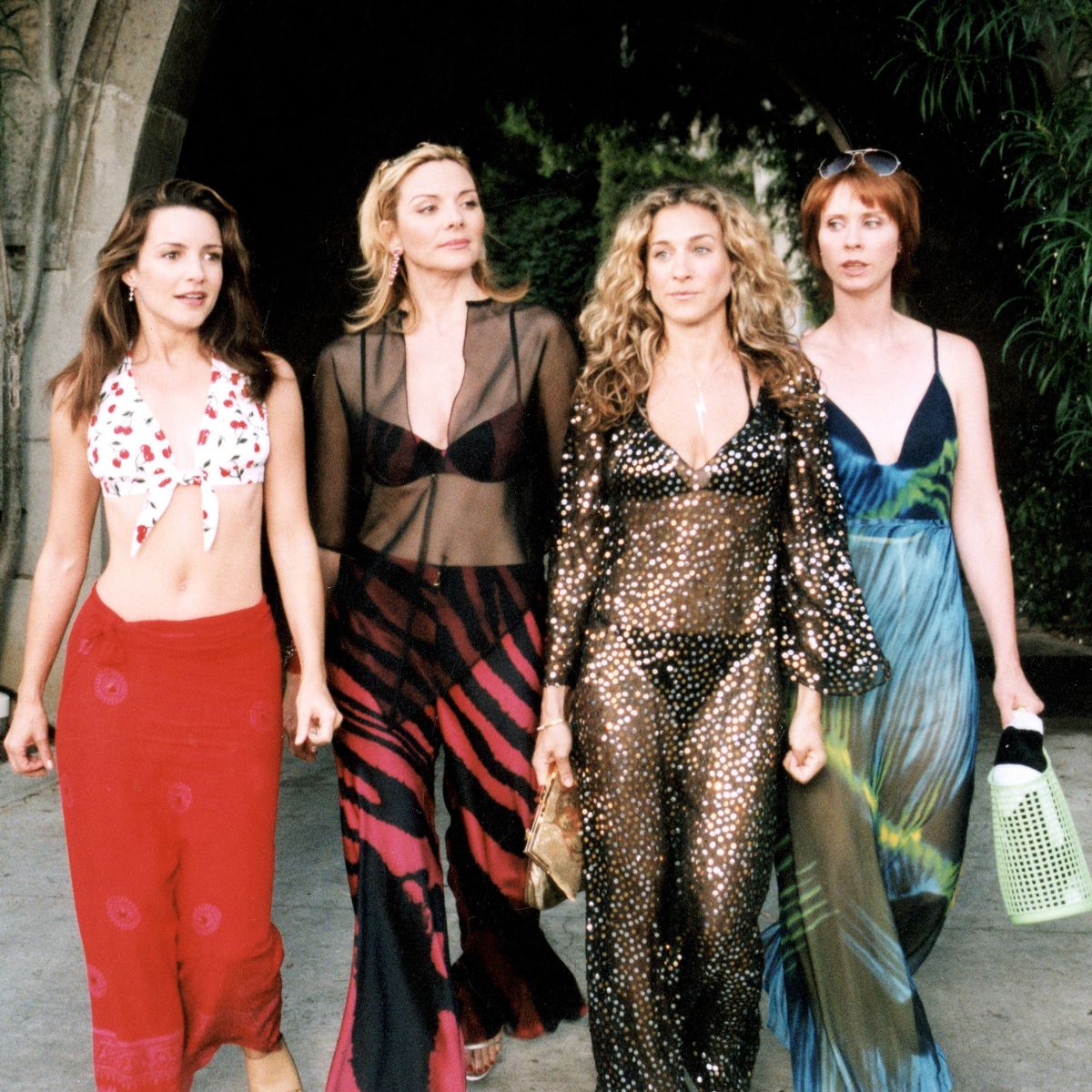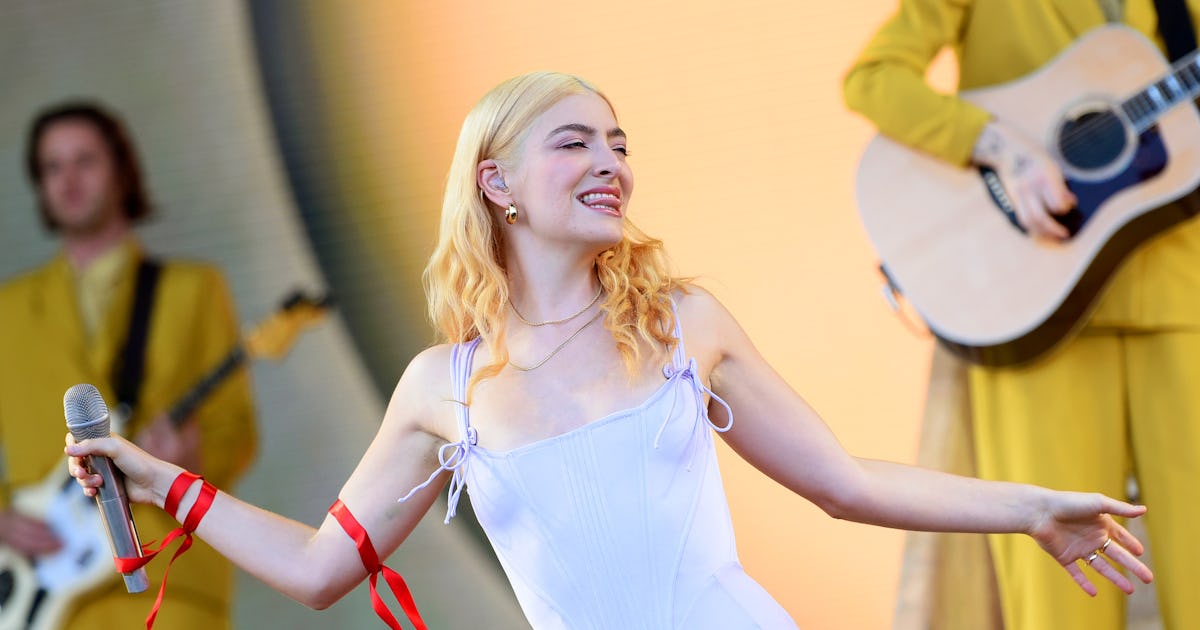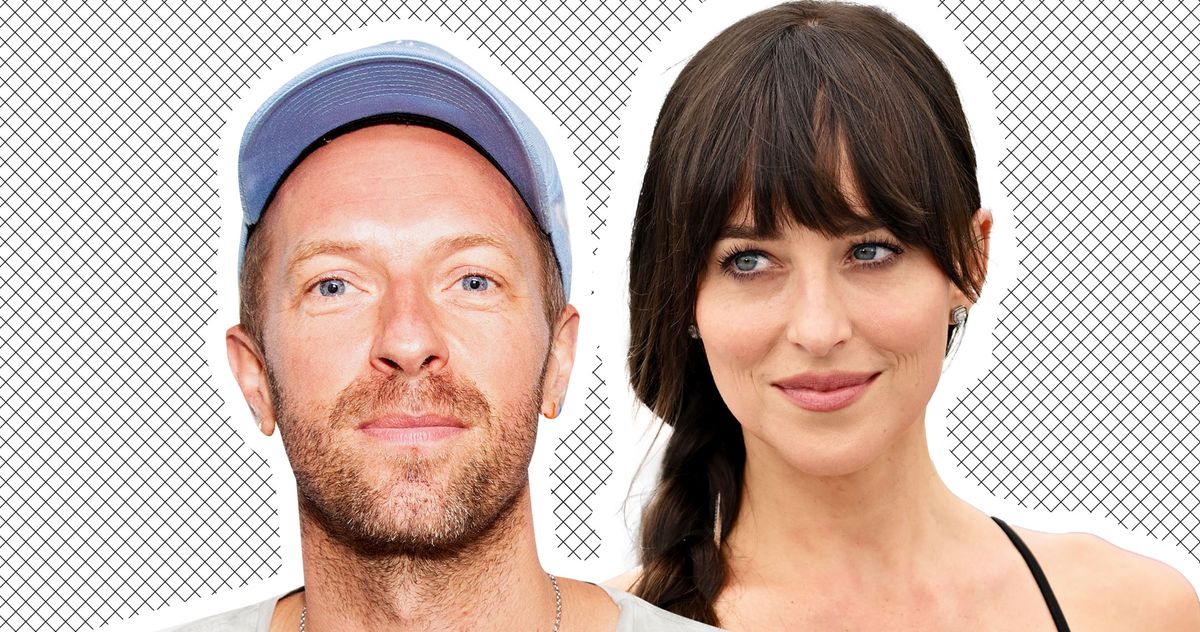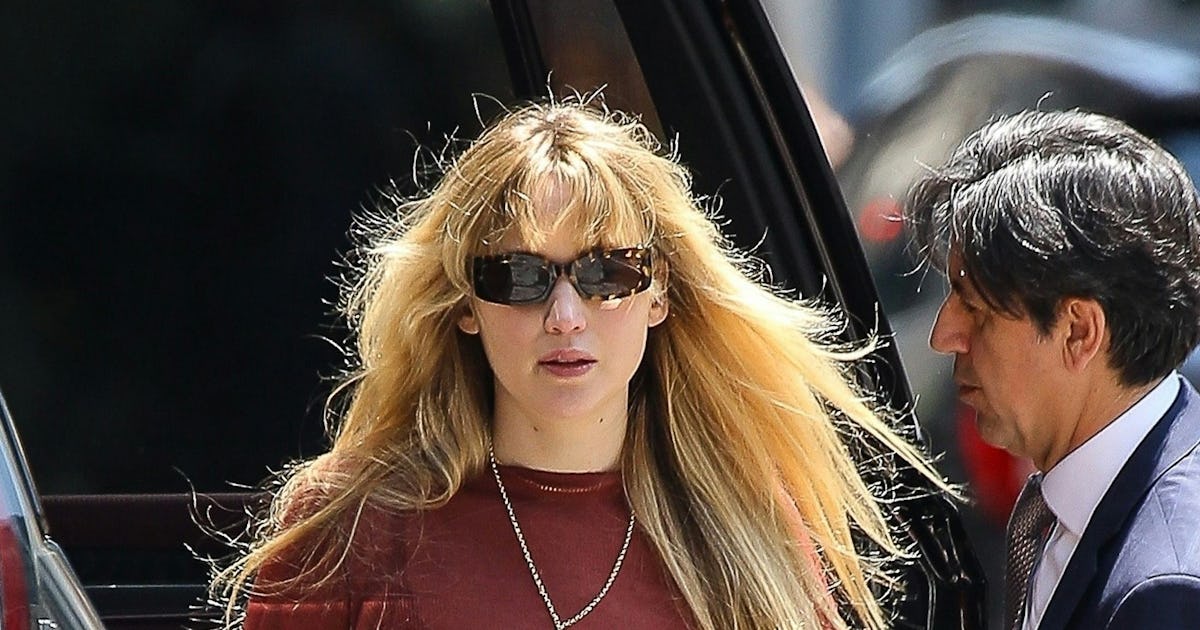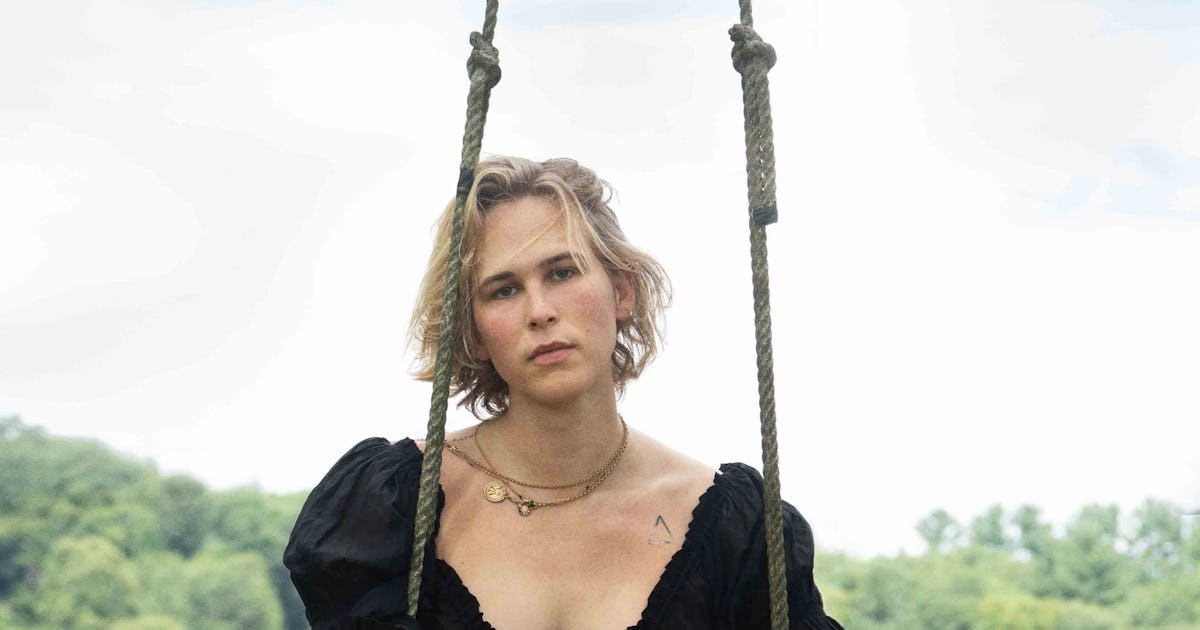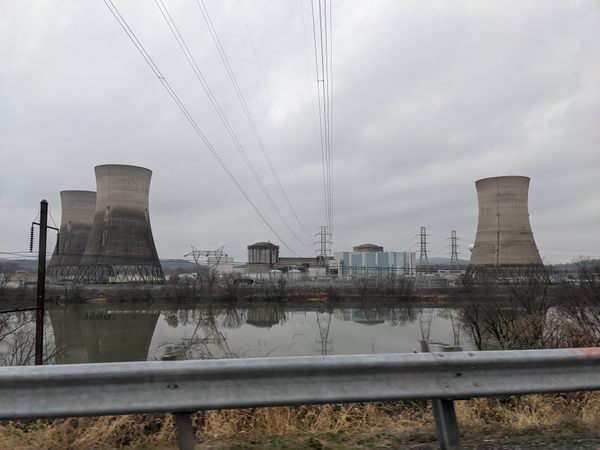Aluviharaya Rock Cave Temple in Thotagamuwa, Sri Lanka
Aluviharaya Rock Cave Temple is one of those temples that is popular among the local population but almost unknown to visitors from abroad. This may be due to its proximity to Dambulla, whose caves are arguably the best preserved and undoubtedly the most visited in Sri Lanka. In comparison, the caves at Aluviharaya are smaller and perhaps less refined, but they have a lot going for them. The history of Aluviharaya Rock Cave Temple dates back to the 3rd Century BCE. Unsurprisingly, it is dotted with unverifiable facts and outright myths. What is certain is that the temple was founded during the reign of Devanampiya Tissa, who first introduced Buddhism to Sri Lanka. This enabled scholars to date the origins of the temple. The importance of this temple in the Buddhist tradition is based on the belief that the first scriptures in the Theravada Buddhist tradition (Pāḷi Canon) were written here. Aluviharaya Rock Cave Temple is also the location of dramatic events. During King Walagamba’s 1st Century BCE reign, a 12-year famine and South Indian invasion threatened the survival of Buddhism in Sri Lanka. At the onset of these dramatic events, 60 monks retreated to this temple, where they survived on wild plants and little else for 12 years. Once the famine was over and a degree of normalcy returned, the temple started growing in size and renown, and it eventually became a spiritual centre where hundreds of monks congregated and worked to transcribe Buddhist scriptures. Today, it is possible to visit the 13 caves of the temple, all containing statues of the Buddha and other Buddhist scholars, such as Buddhagosa. The two largest caves house oversized statues of the reclined Buddha. The ceiling of these caves is adorned with geometric and floral patterns that, due to the unevenness of the surface, have a psychedelic texture. Although these decorations are of recent origins, they follow a tradition that goes back to the founding of the temple. Along the walls of the caves are paintings depicting different scenes from the life of the Buddha and some graphic scenes from Buddhist hell. The stupa is beyond the confines of the temple itself. It is, in fact, situated on the top of Serugala Mountain, about one kilometer from the temple. The location stands out because of very large statue of a sitting Buddha perched on top of a cliff. Named after the mountain, this is known as Serugala Buddha Statue. A steep set of stairs with uneven steps leads up to the statue.

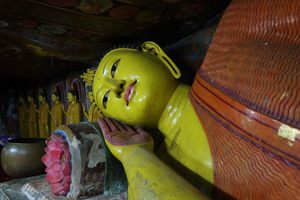
Aluviharaya Rock Cave Temple is one of those temples that is popular among the local population but almost unknown to visitors from abroad. This may be due to its proximity to Dambulla, whose caves are arguably the best preserved and undoubtedly the most visited in Sri Lanka. In comparison, the caves at Aluviharaya are smaller and perhaps less refined, but they have a lot going for them.
The history of Aluviharaya Rock Cave Temple dates back to the 3rd Century BCE. Unsurprisingly, it is dotted with unverifiable facts and outright myths. What is certain is that the temple was founded during the reign of Devanampiya Tissa, who first introduced Buddhism to Sri Lanka. This enabled scholars to date the origins of the temple. The importance of this temple in the Buddhist tradition is based on the belief that the first scriptures in the Theravada Buddhist tradition (Pāḷi Canon) were written here.
Aluviharaya Rock Cave Temple is also the location of dramatic events. During King Walagamba’s 1st Century BCE reign, a 12-year famine and South Indian invasion threatened the survival of Buddhism in Sri Lanka. At the onset of these dramatic events, 60 monks retreated to this temple, where they survived on wild plants and little else for 12 years. Once the famine was over and a degree of normalcy returned, the temple started growing in size and renown, and it eventually became a spiritual centre where hundreds of monks congregated and worked to transcribe Buddhist scriptures.
Today, it is possible to visit the 13 caves of the temple, all containing statues of the Buddha and other Buddhist scholars, such as Buddhagosa. The two largest caves house oversized statues of the reclined Buddha. The ceiling of these caves is adorned with geometric and floral patterns that, due to the unevenness of the surface, have a psychedelic texture. Although these decorations are of recent origins, they follow a tradition that goes back to the founding of the temple. Along the walls of the caves are paintings depicting different scenes from the life of the Buddha and some graphic scenes from Buddhist hell.
The stupa is beyond the confines of the temple itself. It is, in fact, situated on the top of Serugala Mountain, about one kilometer from the temple. The location stands out because of very large statue of a sitting Buddha perched on top of a cliff. Named after the mountain, this is known as Serugala Buddha Statue. A steep set of stairs with uneven steps leads up to the statue.































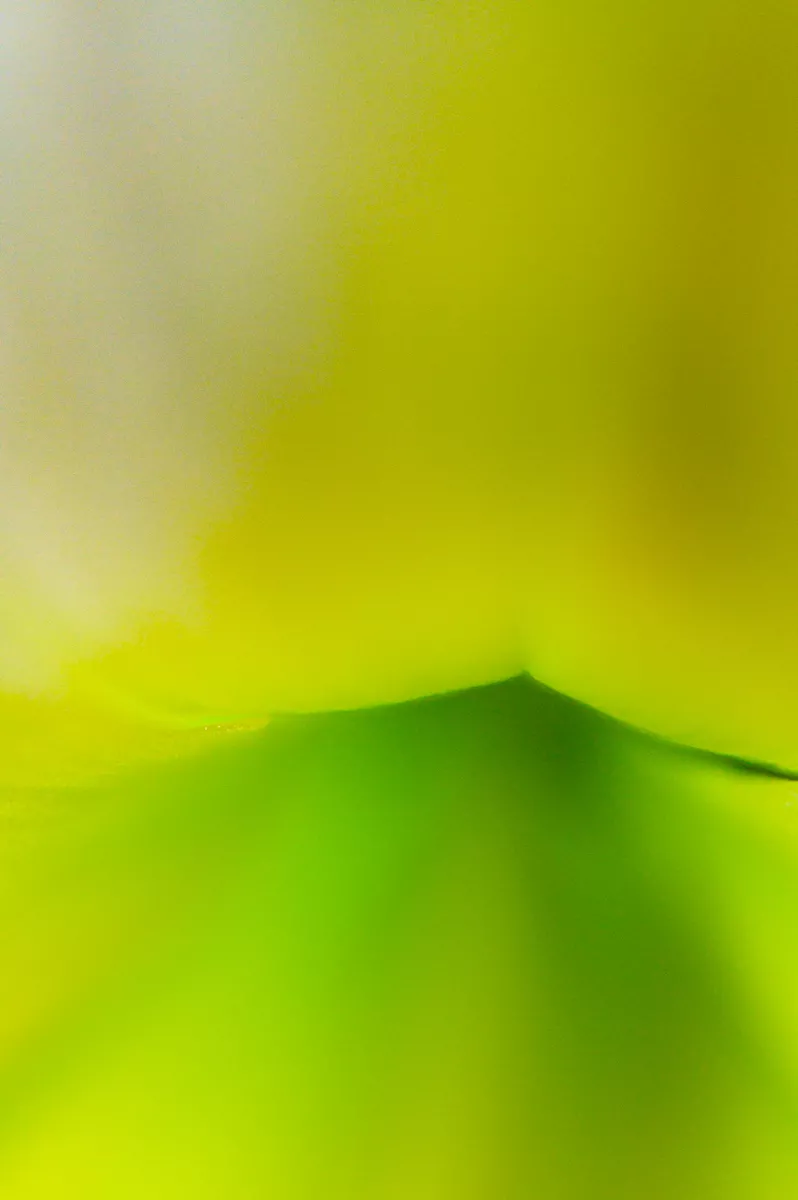






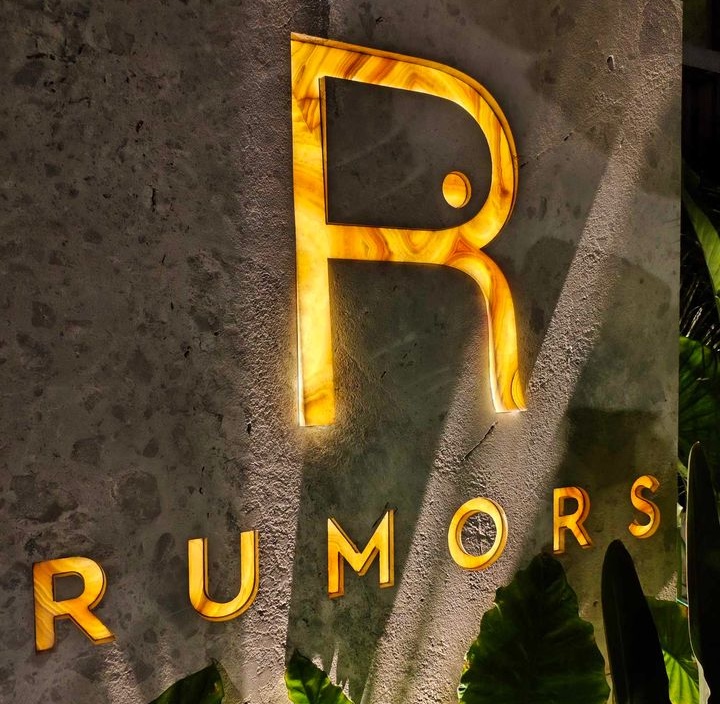





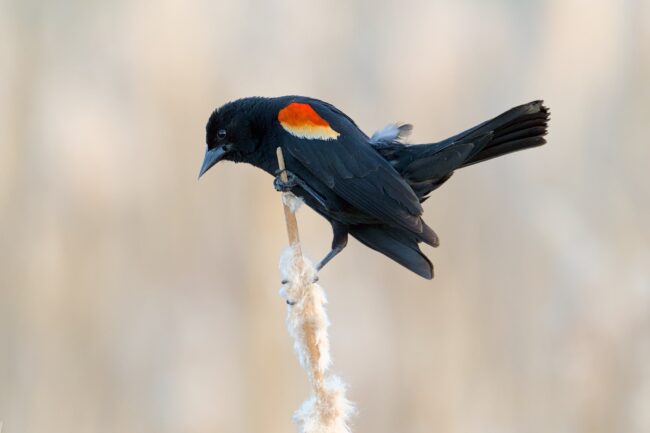
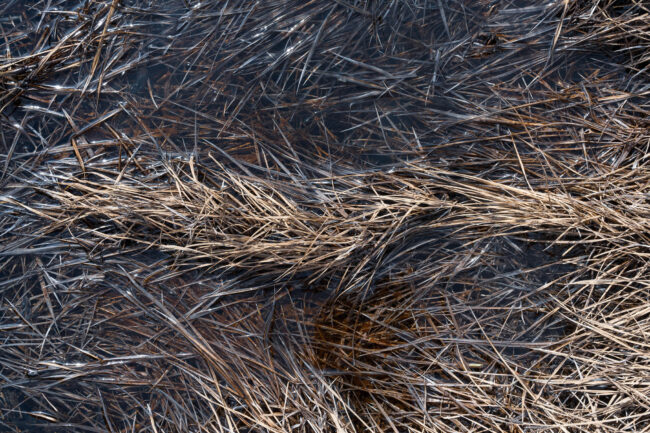
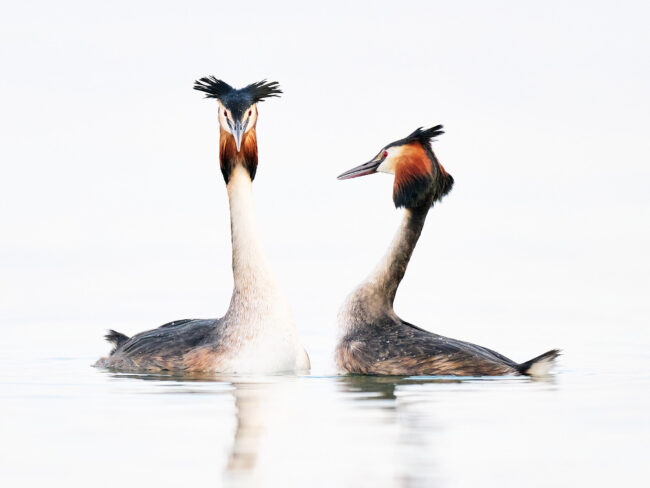










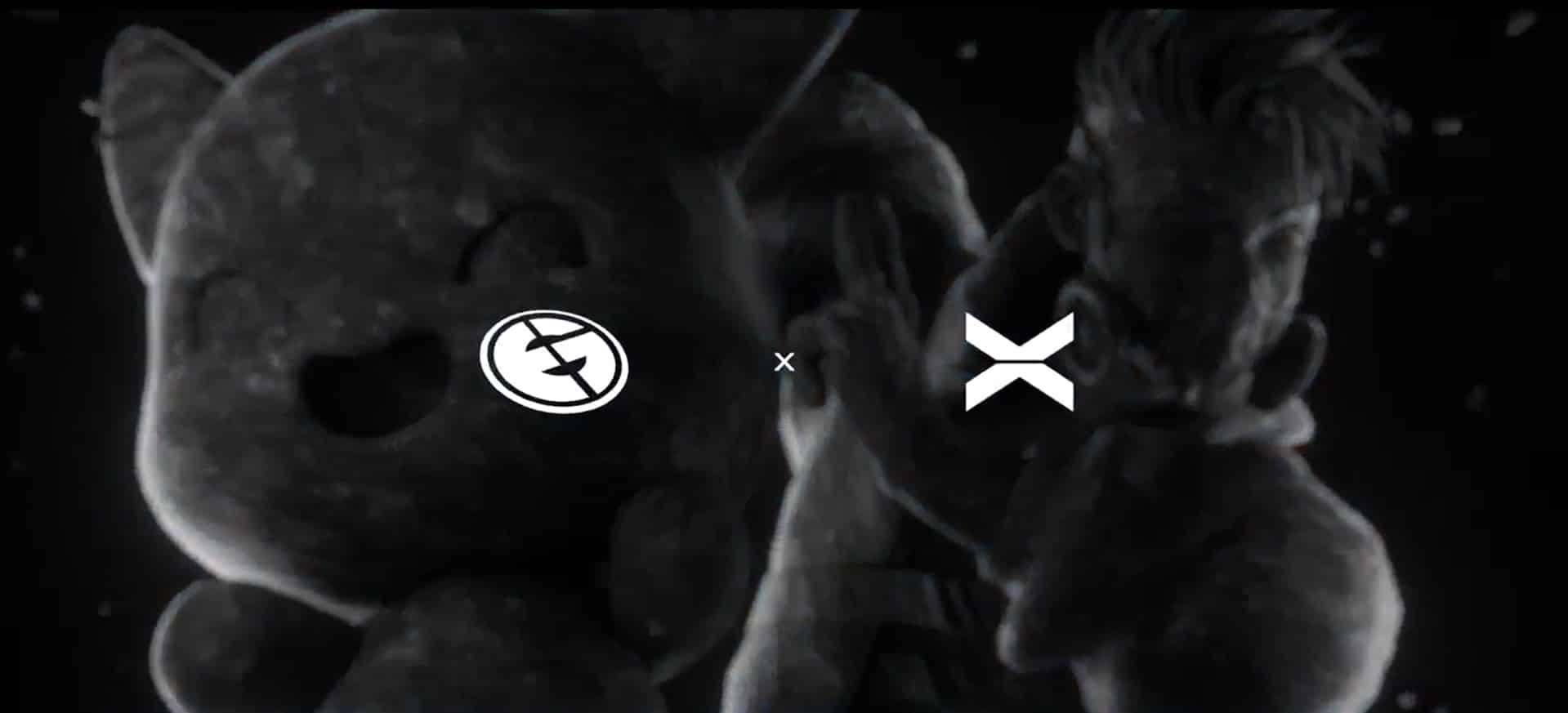
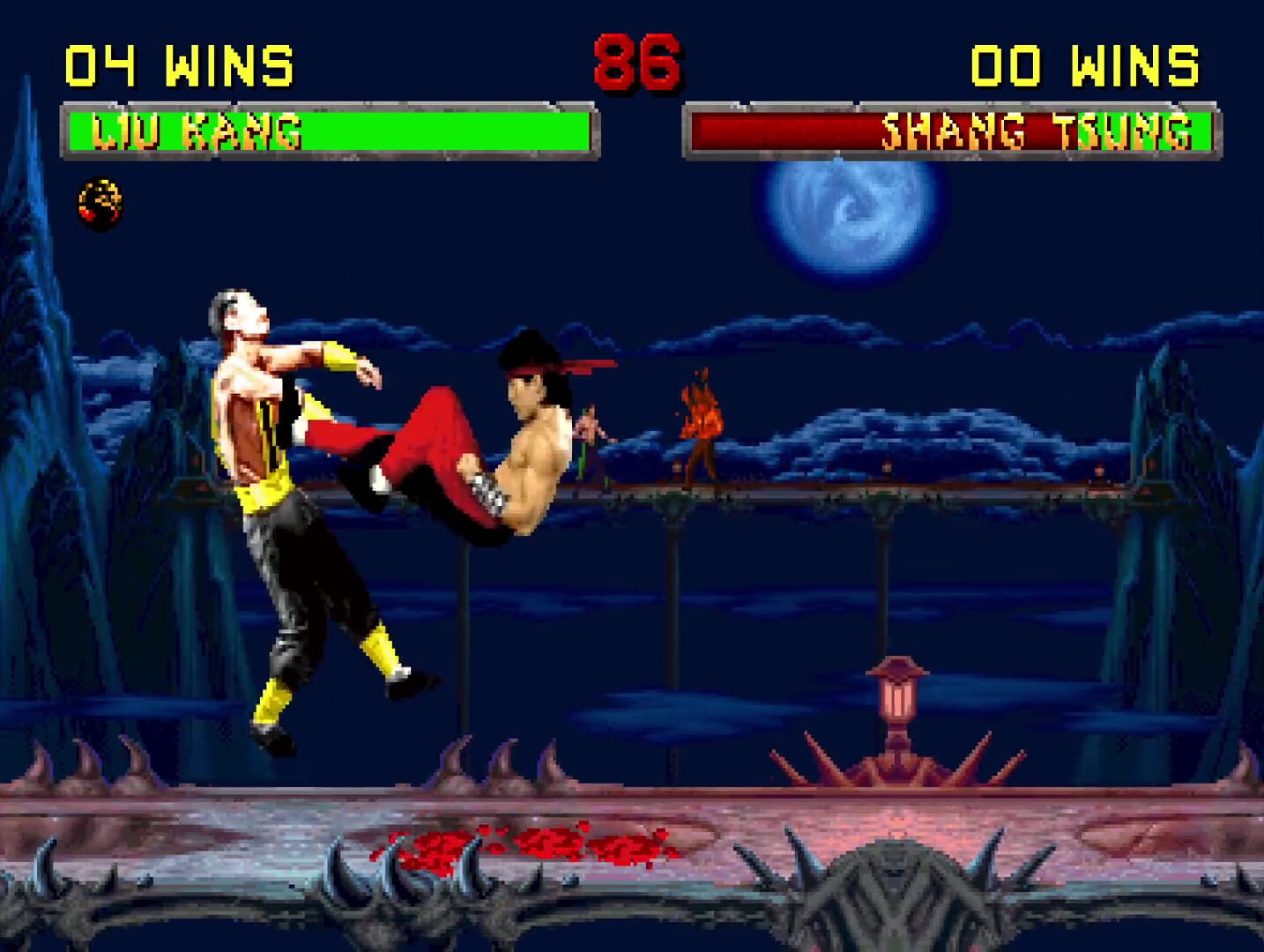




.png?width=1920&height=1920&fit=bounds&quality=70&format=jpg&auto=webp#)














